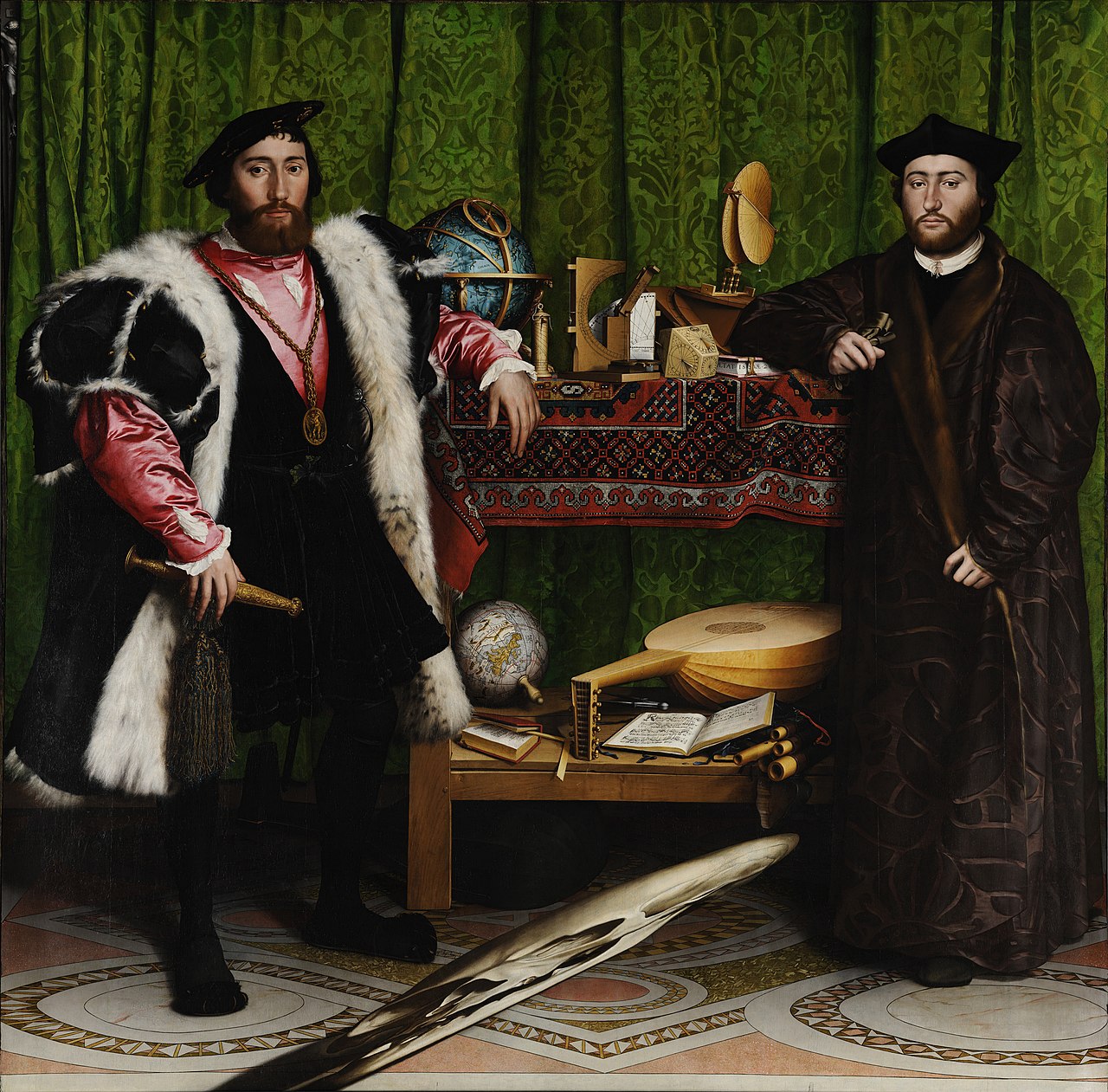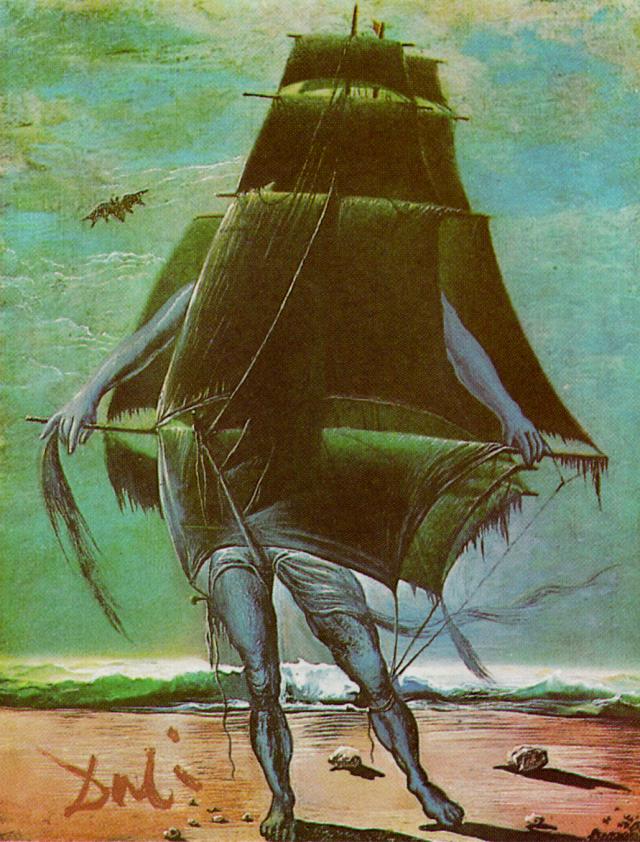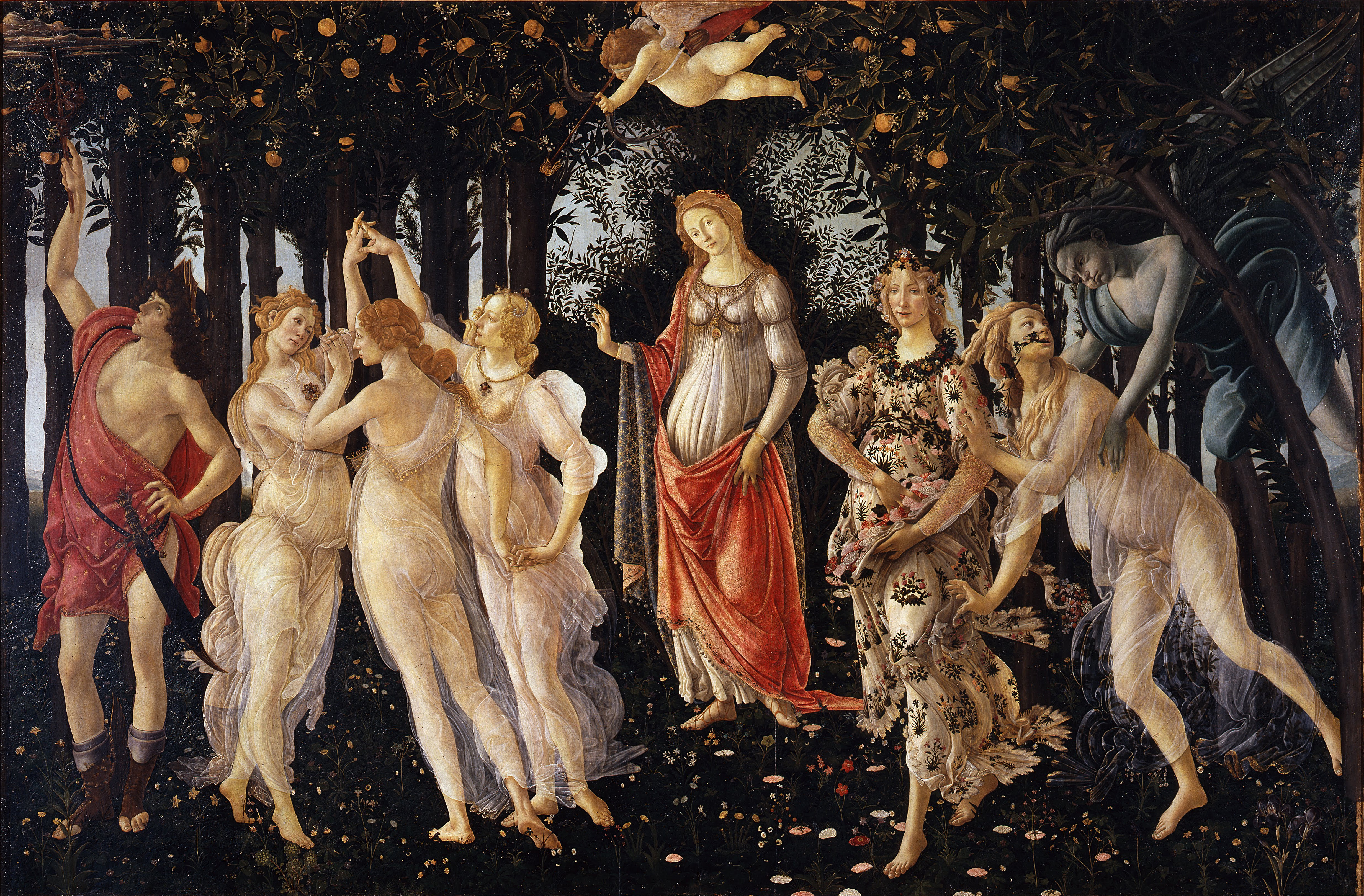Paintings I like
The Ambassadors (1533)

Hans Holbein the Younger’s The Ambassadors, completed in 1533, is a masterful Renaissance painting renowned for its intricate symbolism, exquisite detail, and striking composition. The artwork features two French diplomats, Jean de Dinteville and Georges de Selve, standing amidst an array of meticulously rendered objects that symbolize their intellectual pursuits and aristocratic status. The rich, opulent fabrics and fine textures of their attire echo the wealth and power they embody. Central to the painting’s intrigue is the anamorphic skull that stretches across the lower foreground, a memento mori reminding viewers of the transience of life and the inevitability of death. This optical illusion challenges the observer’s perspective, requiring a shift in viewing angle to discern the distorted shape as a human skull, thus adding layers of meaning to the tableau. “The Ambassadors” brilliantly intertwines humanist themes with Holbein’s extraordinary skill, encapsulating the complexities of 16th-century European politics, culture, and mortality.
The Fall of Icarus (1560)

“The Fall of Icarus,” traditionally attributed to Pieter Bruegel the Elder, is a thought-provoking masterpiece that subtly integrates the famous Greek myth into a larger landscape scene. The painting poignantly captures the moment of Icarus’s demise as his hubris leads to his fall from the sky—the consequence of flying too close to the sun with wax wings constructed by his father, Daedalus. However, Bruegel’s focus diverges from Icarus’s dramatic fall to emphasize the surrounding daily life, where farmers, shepherds, and ships stay absorbed in their mundane tasks, seemingly indifferent to the tragedy unfolding. This composition underlines the central theme of human indifference to individual suffering and calamity. The child-like legs of Icarus, barely noticeable as they slip into the sea, juxtapose against the relentless continuation of life’s routine, offering a poignant commentary on the often overlooked personal tragedies amidst daily human endeavor.
The Raft of the Medusa (1819)

“The Raft of the Medusa,” painted by Théodore Géricault between 1818 and 1819, is a poignant and dramatic masterpiece of Romanticism that depicts the grisly aftermath of the 1816 shipwreck of the French Naval frigate Méduse. Highlighting the suffering and desperation of the roughly one hundred and fifty crew members abandoned on a makeshift raft, the painting powerfully portrays their ordeal of starvation, dehydration, and cannibalism. Géricault’s meticulous research, including interviews with survivors and anatomical studies, lends authenticity to the raw emotions and muscular detail in the figures. The composition’s striking diagonal axis, rich chiaroscuro, and interplay of hope and despair encapsulate the human struggle against insurmountable odds, serving as both a searing social commentary and a stark reminder of humanity’s fragility in the face of nature’s indifferent cruelty and leadership failures.
The Ship (1943)

Salvador Dalí’s “The Ship,” painted in 1943, is a captivating example of his surrealist style, blending extraordinary imagination with precise execution. The painting portrays a ship seamlessly morphing into the profile of a man’s head, an inventive fusion that showcases Dalí’s fascination with double images and the subconscious. The predominantly green palette enhances the maritime ambiance, creating a dreamlike seascape where reality and fantasy intersect. The fluid lines and harmonious integration of the ship and the human elements provoke a sense of wonder and contemplation, celebrating the surrealist principle of unexpected juxtapositions. “The Ship” stands as a testament to Dalí’s ability to transform ordinary objects into extraordinary, multi-layered visual experiences that challenge the viewer’s perception and invite deeper reflection on the boundaries between dreams and reality.
Primavera (1480)

Sandro Botticelli’s “Primavera,” painted around 1480, is a celebrated masterpiece of the Early Renaissance, renowned for its enchanting depiction of mythological figures set within a lush, blossoming garden. The painting features an elegantly composed scene portraying the arrival of spring, with Venus, the goddess of love, positioned centrally in a serene and contemplative stance, surrounded by allegorical representations of the season’s renewal. To her right, a radiant Flora scatters flowers, while Zephyrus, the wind god, catches the forest nymph Chloris, symbolizing transformation and rejuvenation. To Venus’s left, the Three Graces dance gracefully, embodying beauty, chastity, and pleasure, watched over by a contemplative Mercury who wards off storm clouds with his caduceus. Botticelli’s use of delicate lines, soft color palette, and intricate detailing of flora creates an ethereal atmosphere, immersing viewers in a harmonious celebration of nature’s rebirth and the poetic interplay between love and the cycles of life. “Primavera” remains a timeless representation of Renaissance humanism, symbolizing the integration of art, nature, and classical mythology.
Lady with an Ermine (1490)

Leonardo da Vinci’s “Lady with an Ermine,” painted around 1489-1490, is a striking portrait of Cecilia Gallerani, the mistress of Ludovico Sforza, the Duke of Milan. This Renaissance masterpiece exemplifies Leonardo’s innovative approach to portraiture, characterized by its lifelike representation and psychological depth. Cecilia’s poised demeanor and direct gaze convey intelligence and poise, while the ermine she gently cradles symbolizes purity and moderation, and may also allude to her patron Ludovico, who was a member of the Order of the Ermine. The painting’s subtle use of chiaroscuro enhances the three-dimensionality of Cecilia’s figure, infusing the composition with a sense of realism and immediacy. Leonardo’s meticulous attention to detail is evident in the intricate rendering of Cecilia’s flowing hair, the delicate folds of her gown, and the ermine’s soft fur. “Lady with an Ermine” not only showcases Leonardo’s mastery of technique but also reveals his profound ability to capture the essence of his subjects, merging art and psychology in a harmonious and enduring work.